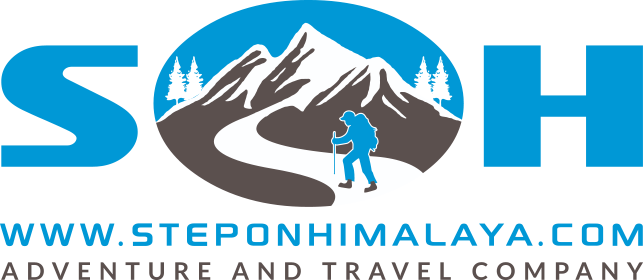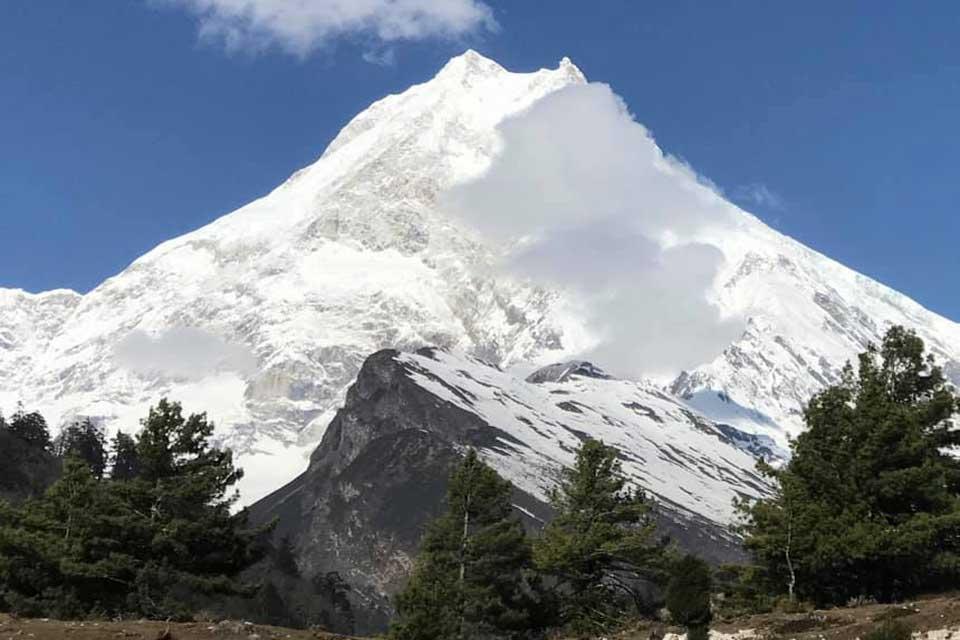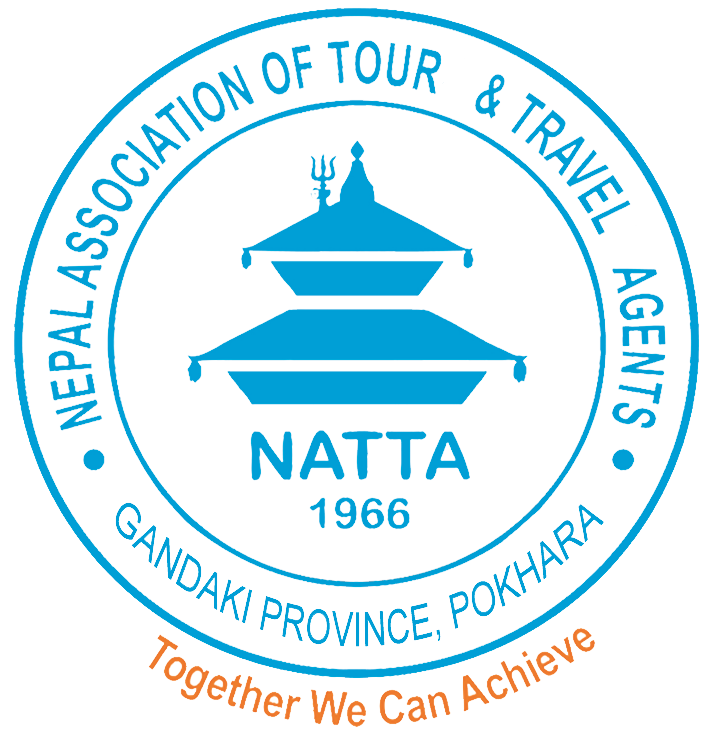Manaslu Circuit Trek
Places you will see
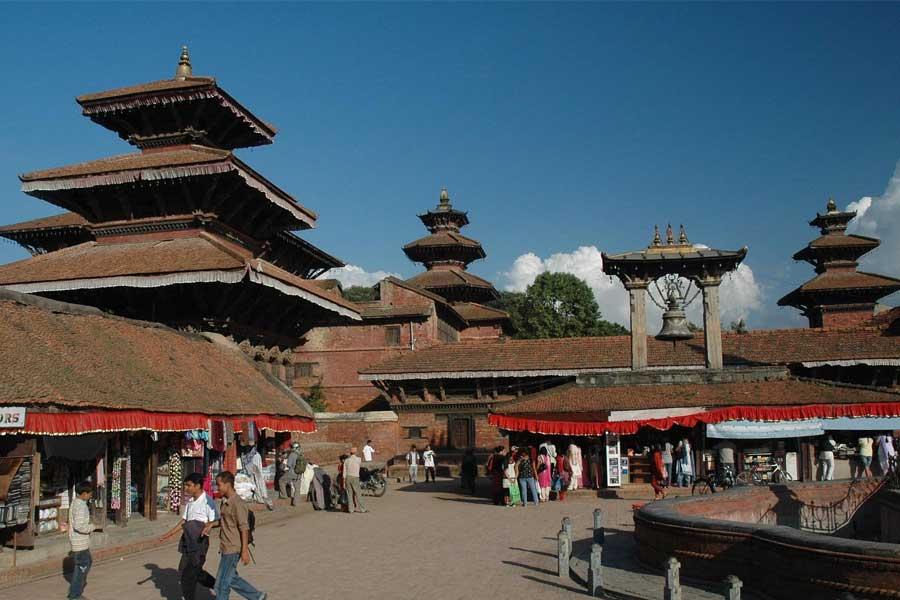
Kathmandu
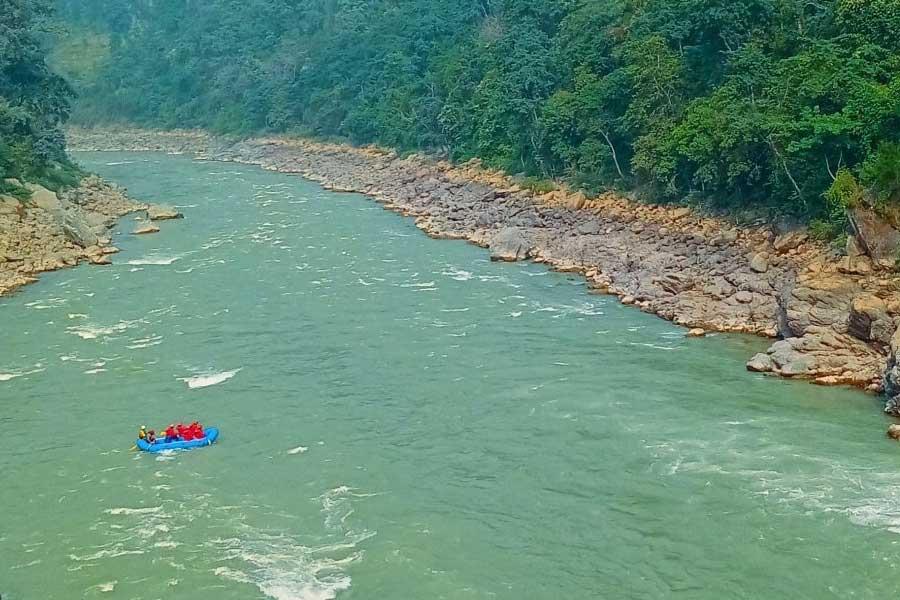
Trishuli River
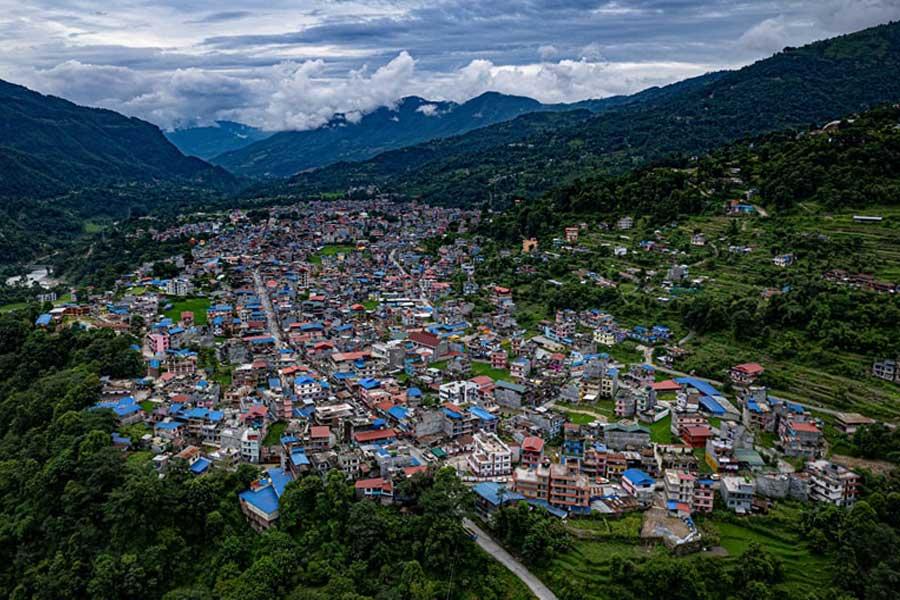
Besisahar
Trip Overview
Trip at a Glance
Manaslu Circuit Trek
Manaslu Circuit Trek is one of the less-trodden trekking trails, located in the western part of Nepal. Manaslu literally has the meaning of the “Spirit-Mountain or Ghost-Mountain”. It is believed that the strong and kindhearted deity dwells here secretly in its territory. Mt. Manaslu is the eighth-highest peak in the world with a height of 8163m. This Manaslu Circuit Trek was opened for trekking only in 1992 A.D. Though it was opened, still, most of the areas are restricted to exploration. Trekking to any mountains is delightful, but Manaslu Circuit Trekking being untouched and less explored regions, it is more daring and interesting to do trekking in Manaslu Circuit. Only a few trekkers dare to venture into this sublime region of Nepal. The trekkers can enjoy the amazing heart-pounding views of Mt. Manaslu, Mt. Chuli, Cheo Himal, Himlung Himal, Annapurna II, Larkya Himal, etc. passing through the meadows, small villages, and the waterfalls.
Manaslu Circuit Trek is famous for the Larkya La pass (5420m) which is considered the best vantage point for scenic views. This is also the ancient trading route for salt, linking the Budhi Gandaki and the Marshyangdi valley. This trek is easily accessible from Capital City, Kathmandu. The starting point of the Manaslu circuit is Soti Khola and the ending point is Syange. The wilderness of the Manaslu circuit offers to explore and enjoy the natural and cultural diversities in the amazing geography of Manaslu. The experience in the tea houses, the friendliness of the local people, the varieties of food items, the high altitude lakes, the unique floras and faunas, the Buddhist monasteries, chorten, mani walls, the challenging rocky – stony roads, and the serene environment, is simply unusual. The better time to travel in Manaslu Circuit is usually during March-May (Spring) and September to December (Autumn).
Manaslu Circuit Trek is considered a genuine adventure and the best holiday package in Nepal. No doubt, the incomparable natural beauty, the fascinating cultural heritage, the unique biological diversity, and the heart-touching views of the Dhaulagiri and the Annapurna ranges are the main attractions of the Manaslu region. Since the level of Manaslu Circuit Trek is difficult, the trekker should be fit and has the physical endurance to walk about 7 – 8 hours every day. Cardiovascular fitness is a must as the Manaslu Circuit is located at a higher altitude. The remote and isolated Manaslu Circuit Trek is now becoming a well-established tourist spot but due to the earthquake of 2015, this Manaslu region was severely affected. Reconstructions work for the teahouses and lodges has been speeding up. Camping is not required for accommodation but nowadays, camping is usually even done for entertainment and a different experience. Step on Himalaya helps you to enjoy this striking adventure in the Manaslu Circuit.
Detail Itinerary
Is the proposed itinerary suitable for you?
If you are looking for a custom itinerary, please feel free to reach out to our team of professionals at any time.Trip Map
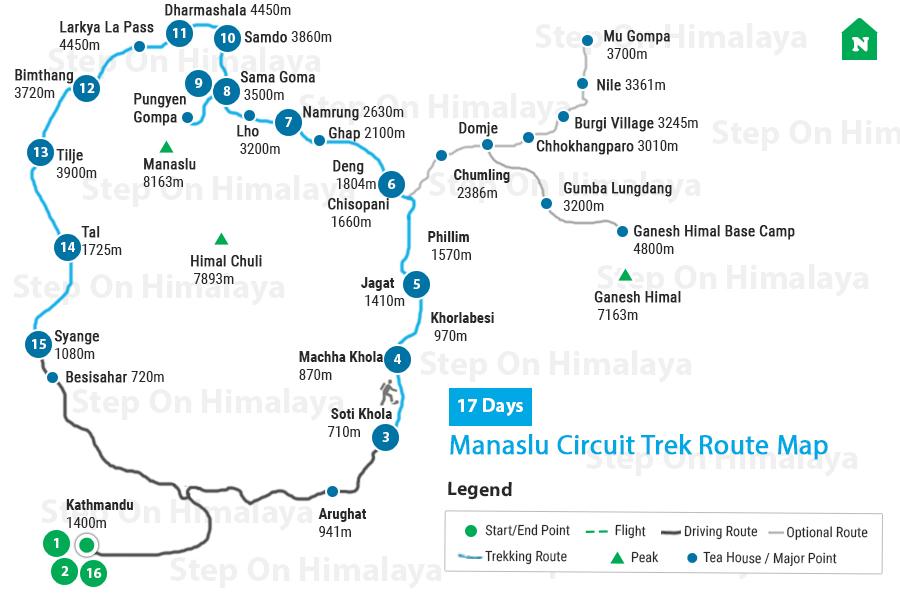
Cost Details
What is included?
- Ground transportation via Local or Tourist bus from Kathmandu to Arughat to Kathmandu
- Tea houses Accommodation during the trekking
- 10 B/F, 11 Lunch, and 10 Dinner during the trek
- All necessary documentation, TIMS, trekking permits (ACAP, MCAP, and a special permit for Manaslu)
- All the Local and Government Taxes, Service charges
- All government licenses, Experienced guides, and porter
- Salary, travel and medical insurance, food and accommodation of the staff
What is not included?
- Entry Visa fee to Nepal
- Travel and Medical Insurance
- International Airfare from and to Kathmandu
- Personal expenses like the Internet, phone calls, beverages, extra porter, hot shower, bar bills, laundry, battery recharge, etc
- Lunch and Dinner during Kathmandu stay
- Tips for the staff
- Any other expenses that are not mentioned in the “Services Included” section
- Emergency evacuation for mishaps or natural calamities or health issues
